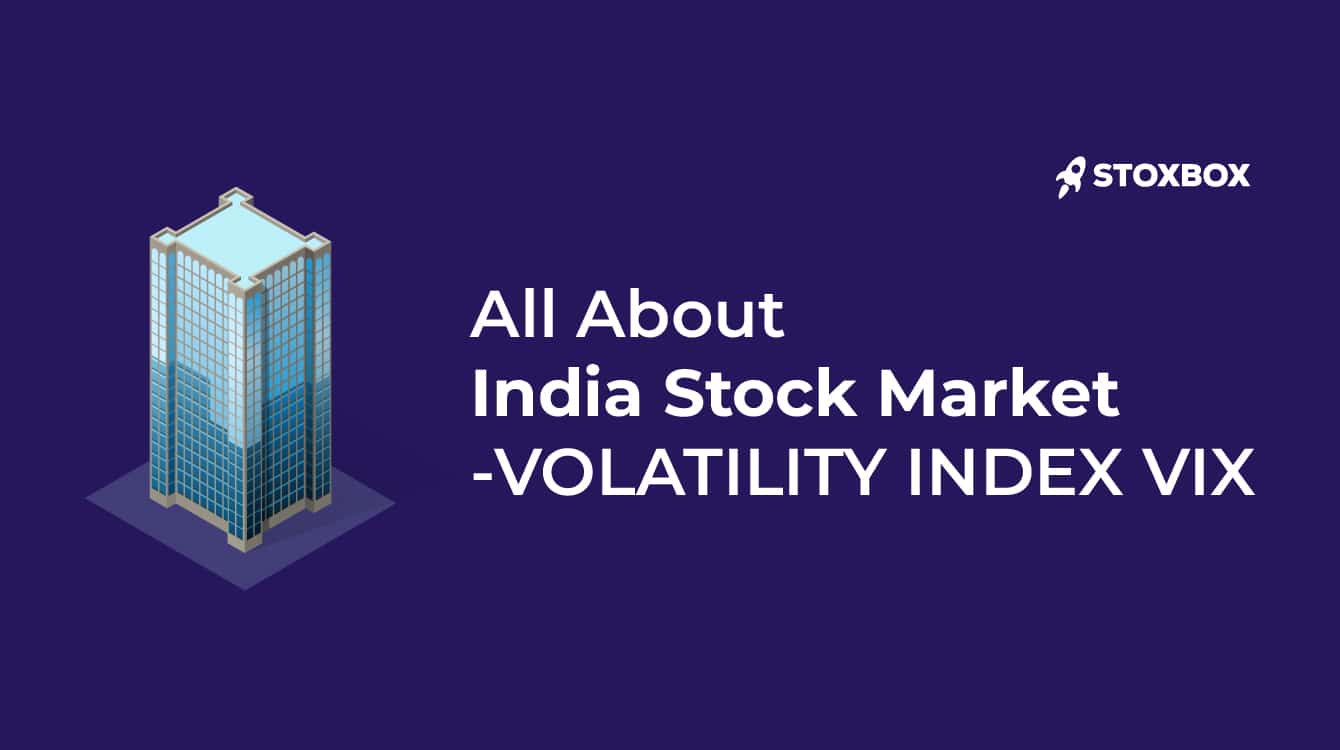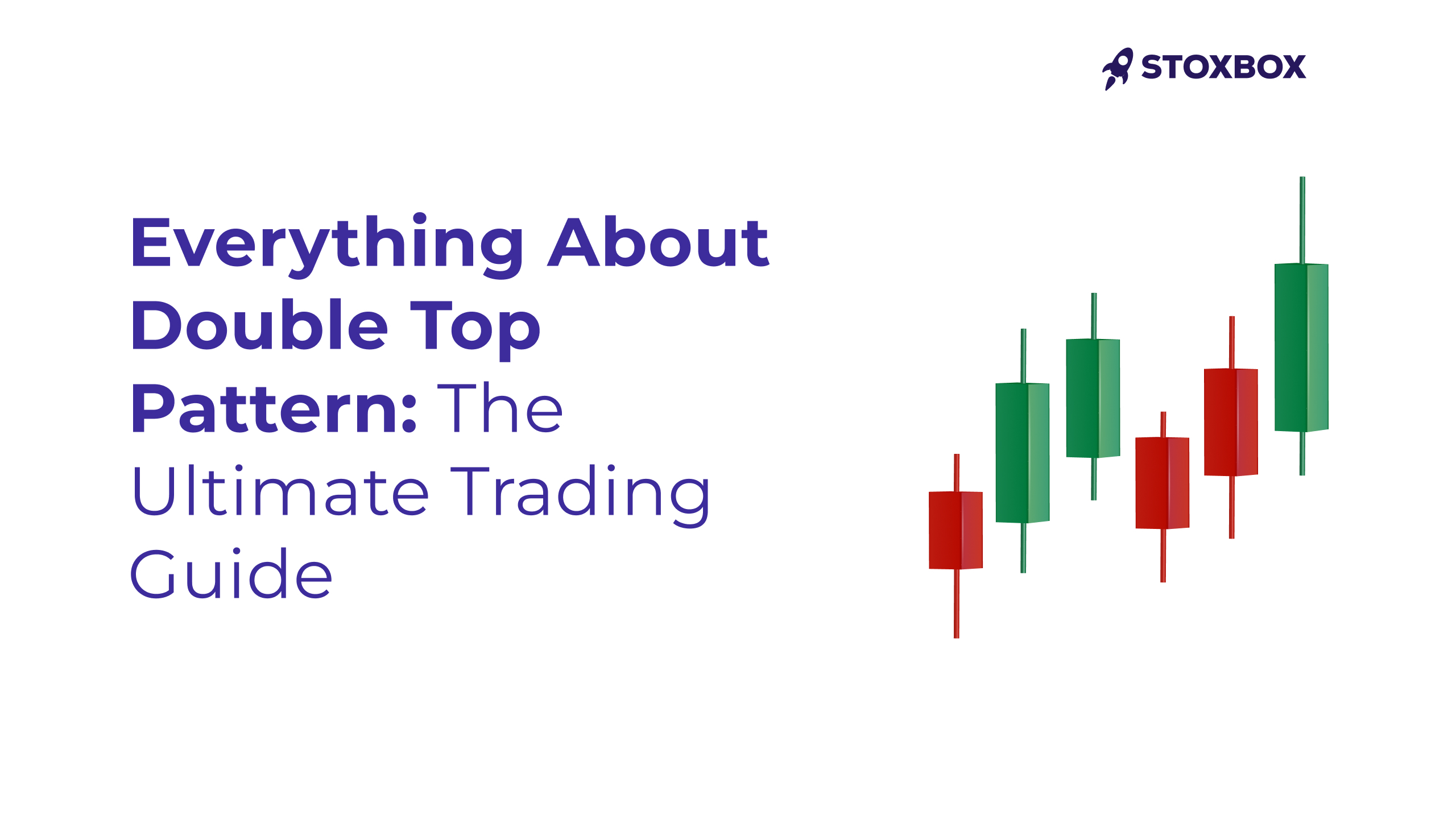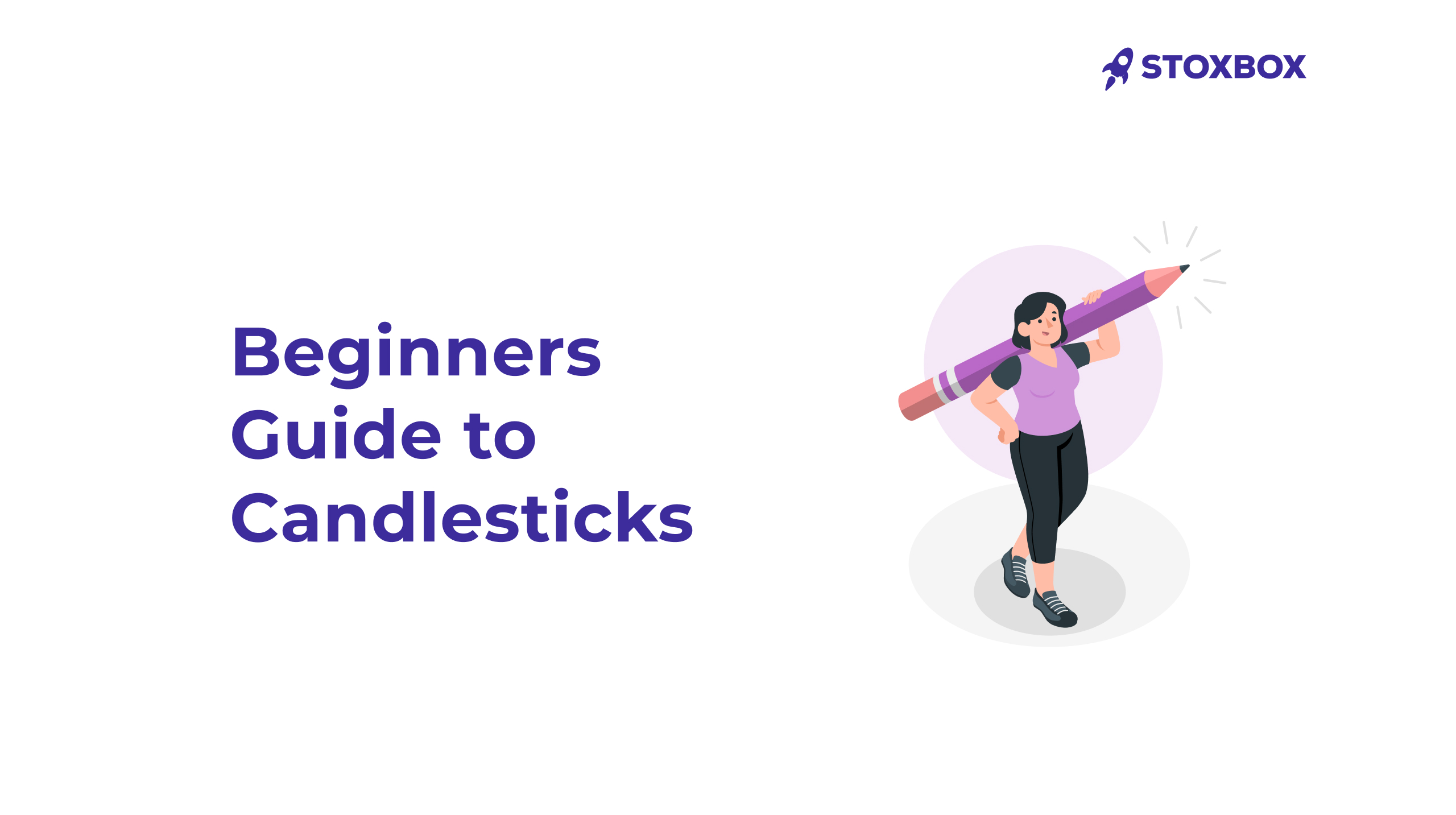What is Volatility Index (VIX)
The Volatility Index, or VIX, is a real-time market index that represents the market’s expectation of 30-day forward-looking volatility. It provides a measure of market risk and investors’ sentiments. It is also known by other names like “Fear Gauge” or “Fear Index.” Investors, research analysts, and portfolio managers look to VIX values as a way to measure market risk, fear, and stress before they take investment decisions.
The above chart attached to India-Vix (W) depicts a sharp surge in value from 15 to 64 in just three weeks. The India-Vix is currently trading around 10 years high and so as the reason Nifty Indices witnessing high volatility action. Historically, in the year 2008 VIX has printed an all-time high of around 92.55 and the lowest level was seen around 8.74 in the year 2008.
On March 9, 2020, the VIX hit 62.12, the highest level since the 2008 financial crisis due to a combination of an oil pricing dispute between Russia and Saudi Arabia, and the growing concern over the novel coronavirus outbreak. A few days later, on March 12, 2020, the VIX hit and closed at 75.47, exceeding the previous Black Monday value, as a travel ban to the US from Europe was announced. Yesterday, the VIX closed at its highest level on record.
Ok. So what is up with India VIX and what does it mean for the markets?
If India VIX continues to inch higher, the volatility in Domestic indices is likely to increase further.
Can we invest in the VIX Index directly?
The VIX Index is just an indicator of volatility and not for investing purposes. India VIX is an index, and very similar to Nifty, you cannot really trade an index unless you have derivative (F&O) contracts on them.
So, what should we do? Not invest in the Stock Markets at this moment?
In such times it is advisable to invest gradually and not invest the entire corpus at one go. Invest in fundamentally core strong stocks where there is a margin of safety.
How can I select core stocks?
Understanding and analyzing individual stocks take a lot of research hours. Also, there is a lot of fear in the ongoing markets. So it is advisable to buy a basket of core stocks that are diversified across companies and sectors.
So how do I invest in Core Stocks?
We have researched a core stock-specific Stoxbox, Core Box. You can start investing with as little as Rs10,000 in this Core Box where we have minutely mapped the risk to reward ratio best suited for a risk-averse investor.
How do I purchase the Core Box?

Download the BP Wealth mobile app
– Google Playstore
– Apple StoreClick on the StoxBox tab

Click on Core Box and follow instructions to start investing in your most risk-averse Stoxbox Basket
Frequently Asked Questions
What is the Volatility Index (VIX)?
The Volatility Index, commonly known as VIX, measures the market’s expectation of volatility over the near term. It is often referred to as the “fear gauge” as it reflects investor sentiment and anticipated market fluctuations.
How is the VIX calculated?
The VIX is calculated using the prices of options on the S&P 500 Index. It considers both call and put options to estimate expected volatility over the next 30 days.
Why is the VIX important for investors?
The VIX provides insights into market sentiment. A high VIX value indicates increased fear and expected volatility, while a low VIX suggests complacency and stability. Investors use the VIX to gauge market risk and make informed decisions.
Can the VIX be used to predict market movements?
While the VIX reflects current market sentiment, it is not a direct predictor of future market movements. However, extreme VIX values can signal potential turning points or heightened risk environments.
How can investors use the VIX in their strategies?
Investors can use the VIX to hedge portfolios against volatility, identify potential buying or selling opportunities, and assess the overall risk environment. Some may also trade VIX-related financial products to capitalize on volatility expectations.
Is the VIX applicable to markets outside the U.S.?
Yes, while the VIX is based on the U.S. S&P 500 Index, other countries have their own volatility indices. For example, India has the India VIX, which measures expected volatility in the Indian stock market.
You might also Like.
Double Top Pattern: The Ultimate Trading Guide
Have you ever witnessed a promising uptrend reverse on you...


